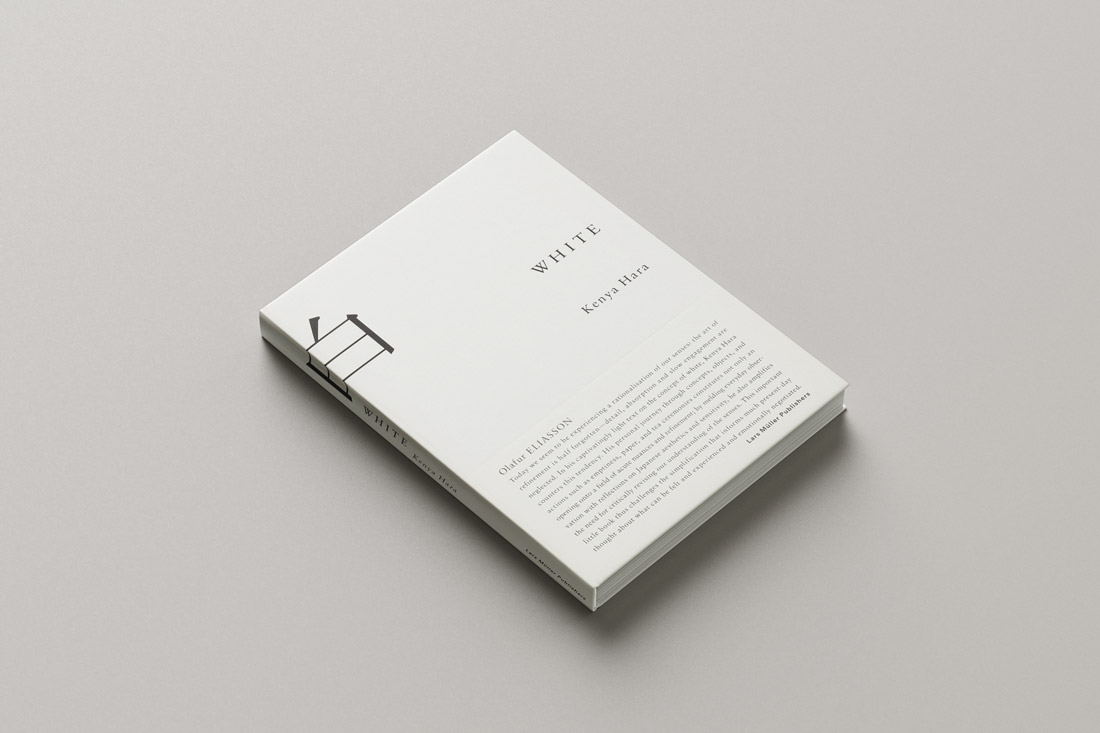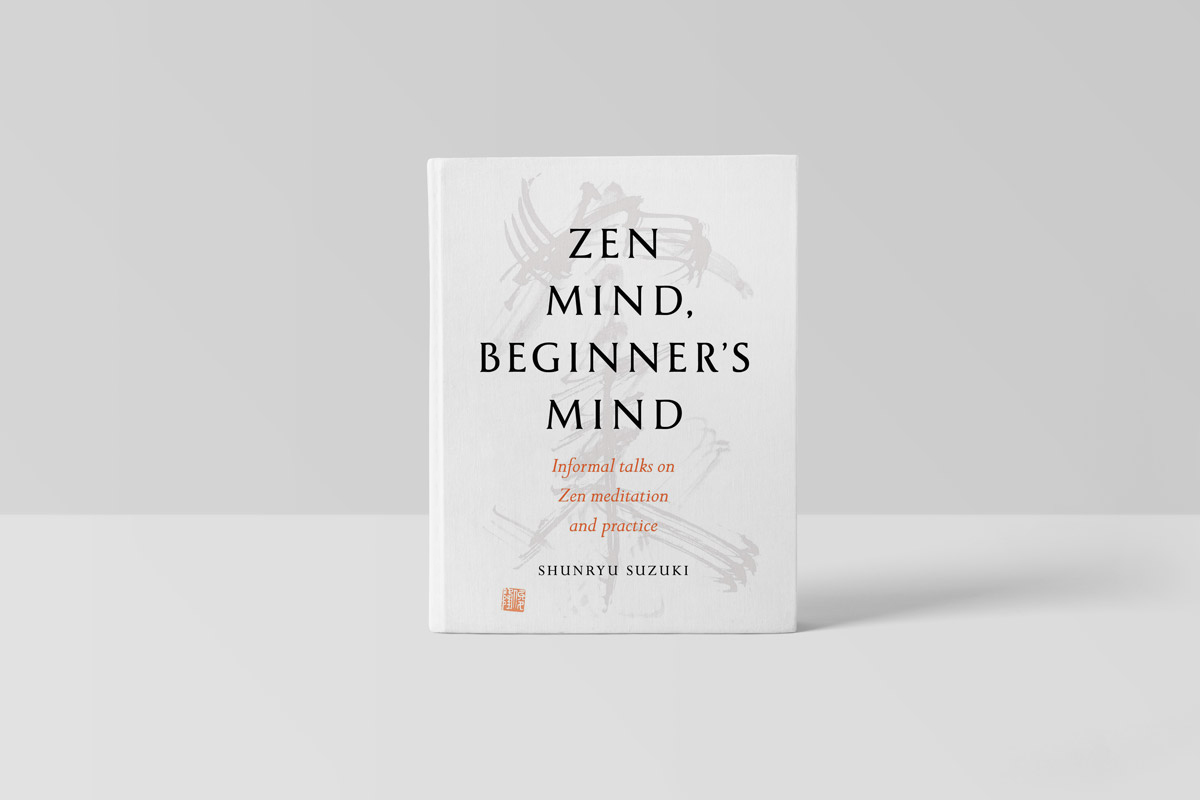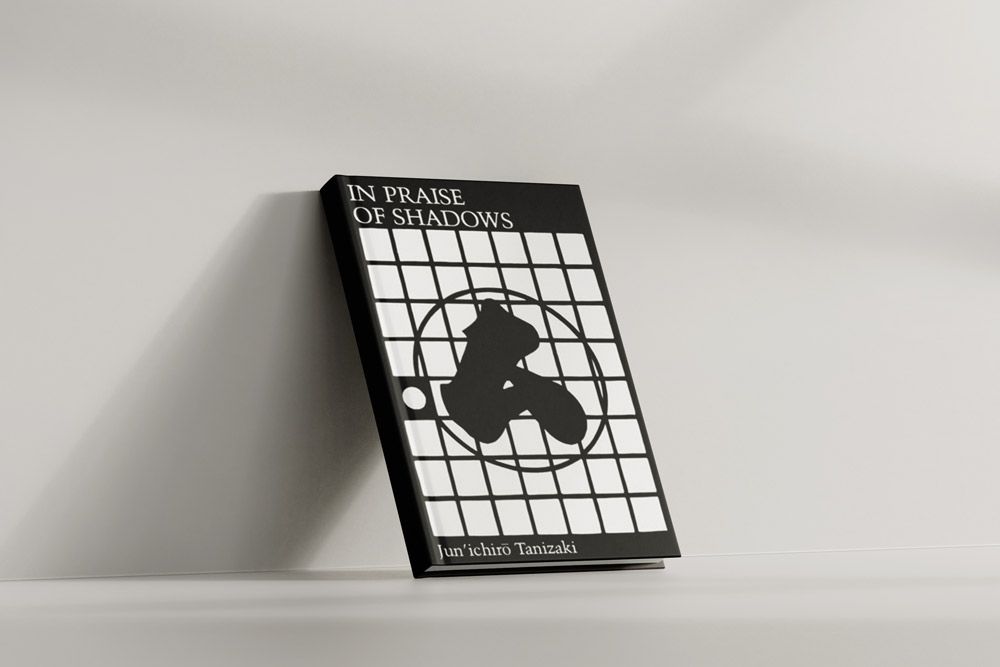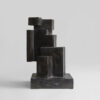For me, minimalist aesthetics are pure and unadulterated and can only be mastered with a calm mind. This is why I want to share three of the books that have helped me to dive deeper into this topic. Although this may sound strange, my selection didn’t end up with any design books that highlight a designer’s ethos or past works. Rather, I want to share the books that expand the mind to a better and deeper understanding of this aesthetic.
“White” by Kenya Hara
I came across Kenya Hara’s book while browsing in a bookstore. The book’s cover immediately caught my attention with its simple, yet eye-catching design.
Hara’s book is both a manifesto on minimalism and a love letter to the color white. White is the color of purity and innocence. It is the color of fresh snow and new beginnings. It is the color of simplicity and serenity.
In a world that is increasingly chaotic and loud, white provides a much-needed respite. It is a color that calms and soothes, that brings us back to a place of peace and tranquility. Designer Kenya Hara is known for his minimalistic approach to design and his love of white. For Hara, this color is the ultimate expression of simplicity. It is the starting point from which all other colors and design elements can be added.
Through his insights, I came to see white not as a blank canvas, but as a color with its own unique meaning.

“Zen Mind, Beginner’s Mind” by Shunryu Suzuki
Even though this book doesn’t have much to do with minimalism or aesthetics at all and I would rather recommend it to people who want to start a meditation practice, I find it very fitting in this context:
In “Zen Mind, Beginner’s Mind,” Shunryu Suzuki argues that the key to achieving enlightenment is to maintain a mind of a beginner. That is, we should be open to new experiences and willing to let go of our preconceptions.
Suzuki likens the mind of a beginner to that of a child, who is fascinated by the world and eager to learn. By contrast, the mind of an expert is often bloated with knowledge and resistant to change. As Suzuki points out, it is only when we let go of our prejudices and approach life with fresh eyes that we can truly see the world as it is.
In this way, Suzuki’s book offers a powerful counterpoint to the Western view of progress as an accumulation of knowledge. Instead, he argues that it is only through continuous openness to new ideas that we can hope to achieve anything resembling true understanding.
And that’s why I find this book so appropriate for all kinds of creativity and understanding minimalist aesthetics. Minimalism is freedom. Looking at minimalist art, for example, with an open mind leaves room for all possible sensations. And that is only possible with a Beginner’s Mind. Trust me, you will perceive art and design differently if you look at them with an open and empty mind. Without expectations, without intention. If you’re interested in the topic, I’ve described the “Beginner’s Mind” in more detail here in relation to photography.

“In Praise of Shadows” by Junichiro Tanizaki
The book, In Praise of Shadows, by Junichiro Tanizaki, is about Japanese aesthetics and, in particular, the beauty of minimalism and shadows. Tanizaki argues that Japanese culture values simplicity and restraint and that this is reflected in everything from architecture to food.
Personally, I like photographs and art that are lighter, with only little shadow and with lighter hues. So the book was an interesting insight and broadened my horizons. Because the contrast between light and shadow is essential to the existence of both values. And in order to fully understand one side you have to understand the other side.



